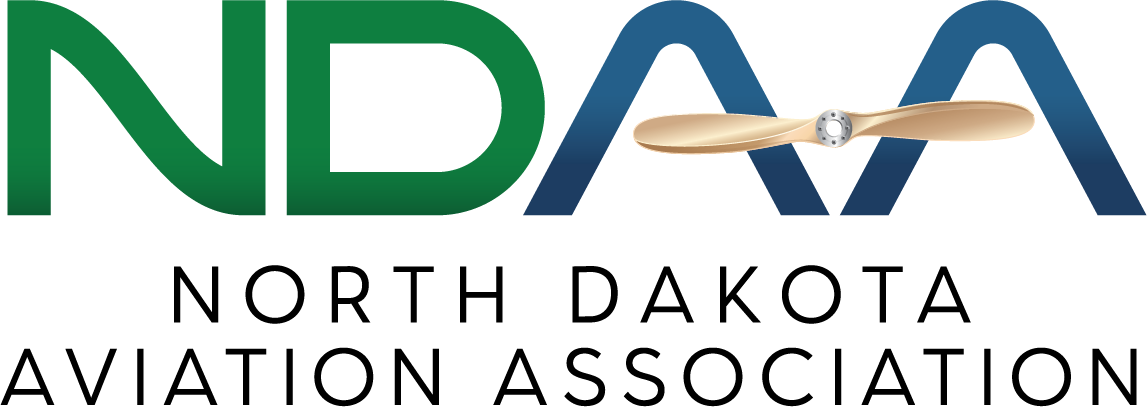Thirty-two schools will receive $13.5 million in grants from the Federal Aviation Administration (FAA) to help attract and train students for careers as pilots and aviation maintenance technicians.
Twelve of the schools will receive $4.5 million from the FAA’s Aircraft Pilots Aviation Workforce Development Grants program. The schools can use the funding to create and deliver curriculums designed to prepare high school students to become pilots, aerospace engineers or drone operators. Grants may also be used to support the professional development of teachers.
Grant recipients include:
Beaufort County Schools, Washington, N.C.: $374,930
Elizabeth City State University, Elizabeth City, N.C.: $393,142
Fox Valley Lutheran High School, Appleton, Wisc.: $27,800
Georgetown Independent School District, Georgetown, Texas: $462,208.95
Harrisburg University of Science and Technology, Harrisburg, Pa: $169,692.58
Iowa Lakes Community College, Estherville, Iowa: $493.,657
Kent State University, Kent, Ohio: $419,708.47
Louisiana State University, Baton Rouge, La.: $476,643
Ohio State University, Columbus, Ohio: $346,400
Pacific Aviation Northwest, Inc., Grant Pass, Ore.: $500,000
Purdue University, West Lafayette, Ind.: $500,000
University of Maryland Eastern Shore, Princess Anne, Md.: $335,818
The other $9 million will go to 20 schools as part of the FAA’s Aviation Maintenance Technical Workers Workforce Development program. These grants will help build back the pipeline of maintenance professionals; approximately 20,000 fewer people are working in the aircraft maintenance sector than before the pandemic.
Grant recipients include:
AAR Aircraft Services, Inc., Oklahoma City, Okla.: $500,000
Aersale, Inc., Coral Gables, Fla.: $400,000
Alabama Aerospace and Aviation High School, Bessemer, Ala.: $398,375
Central Louisiana Technical Community College, Alexandria, La..: $500,000
Cincinnati State Technical and Community College, Cincinnati, Ohio: $493,277
Clemson University, Clemson, S.C.: $497,317
Conway School District, Conway, N.H.: $301,129
DFC, Inc., Woodland, Calif.: $500,000
Houston Community College System, Houston, Texas: $402,284
Indian Hills Community College, Ottumwa, Iowa: $302,816
Iowa Western Community College, Council Bluffs, Iowa.: $500,000
Joby Elevate, Inc., Santa Cruz, Calif.: $500,000
Kenton County Airport Board, Hebron, Ky.: $479,000
Lewis University, Romeoville, Ill.: $496,016
Maysville Community and Technical College, Maysville, Ky.: $500,000
North Dakota State College of Science, Wahpeton, N.D.: $307, 608
O.S. Johnson Technical Institute, Scranton, Pa.: $423,754
San Bernardino Valley College, San Bernardino, Calif.: $498,555
Tennessee State University, Nashville, Tenn.: $500,000
Thomas University, Thomasville, Ga.: $499,869
Recipients can use the funding to establish new educational programs; provide scholarships or apprenticeships; conduct outreach about careers in the aviation maintenance industry; and support educational opportunities related to aviation maintenance in economically disadvantaged areas.
Visit the FAA website for additional details about the grant recipients.


